
Making Space at the Table
NAP Contemporary’s group show, The Elephant Table, platforms six artists and voices—creating chaos, connection and conversation.
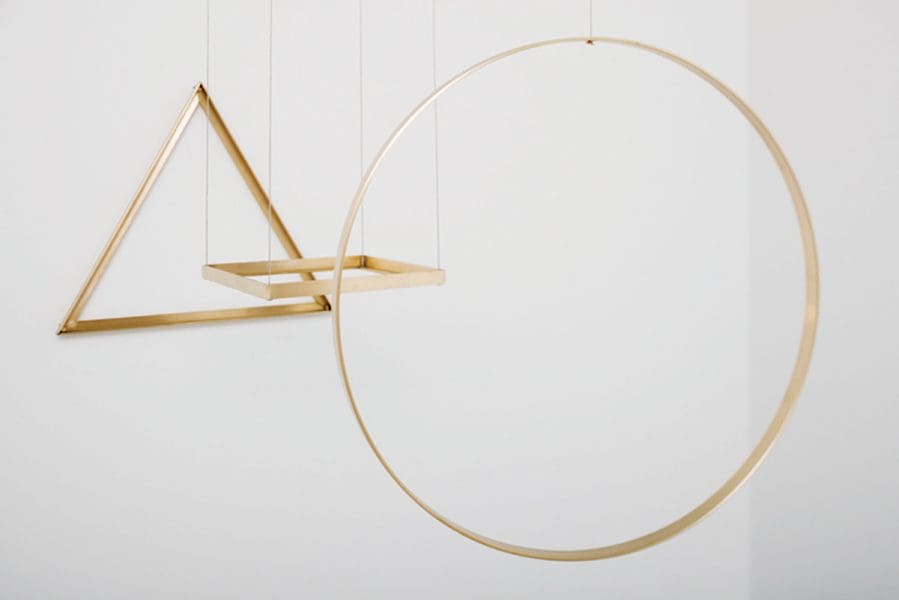
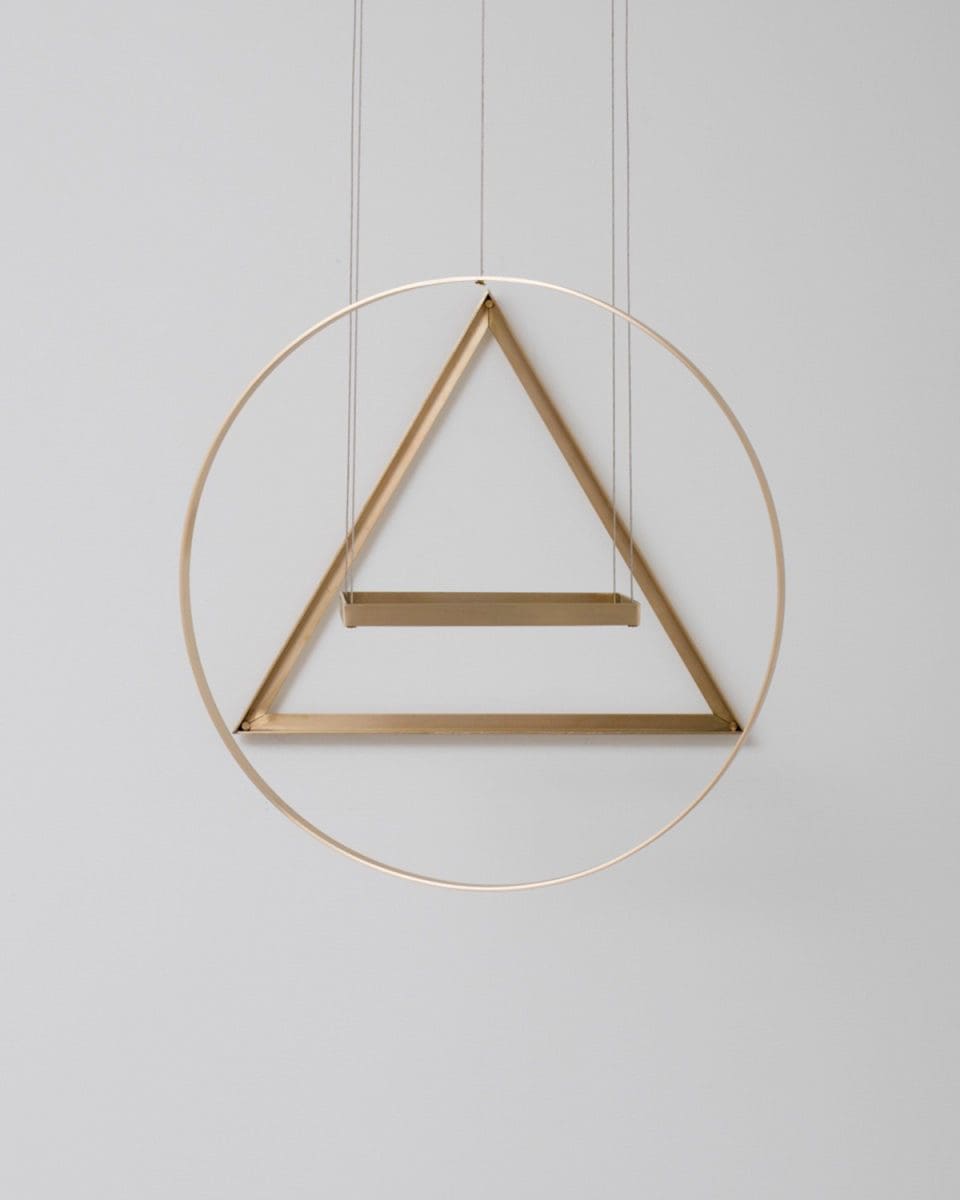
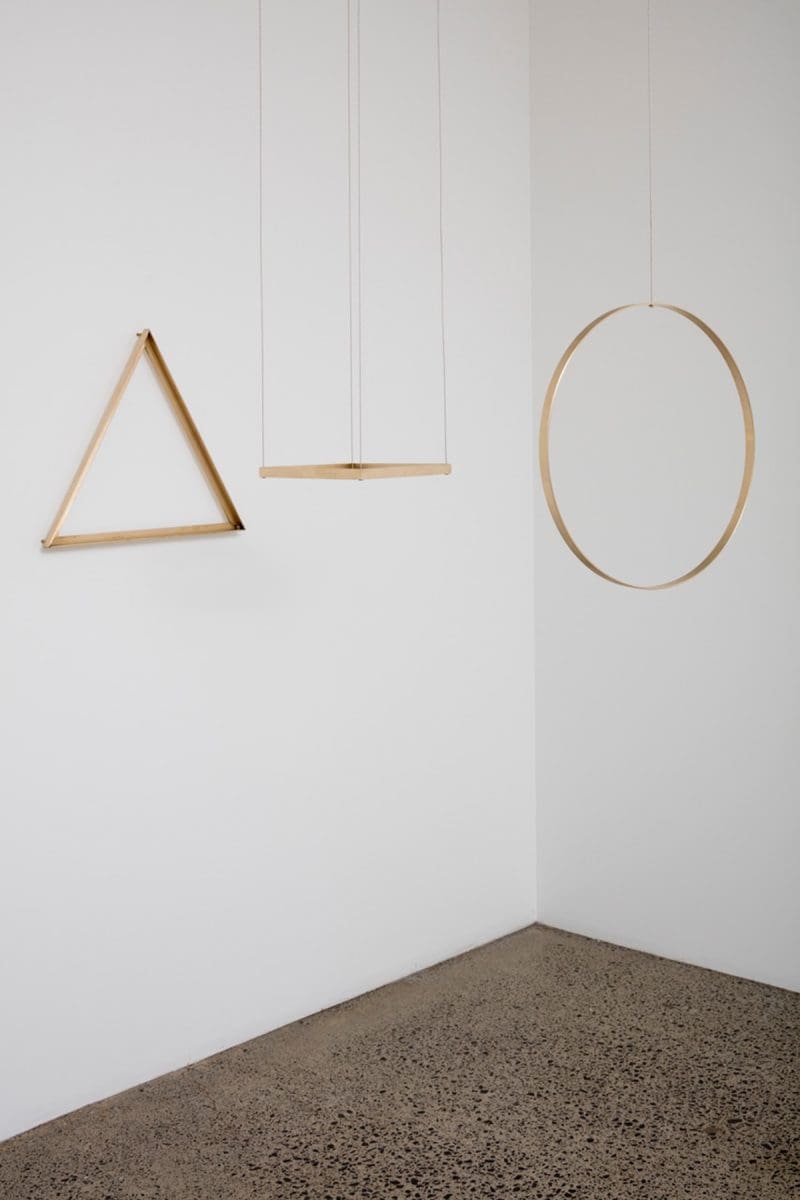

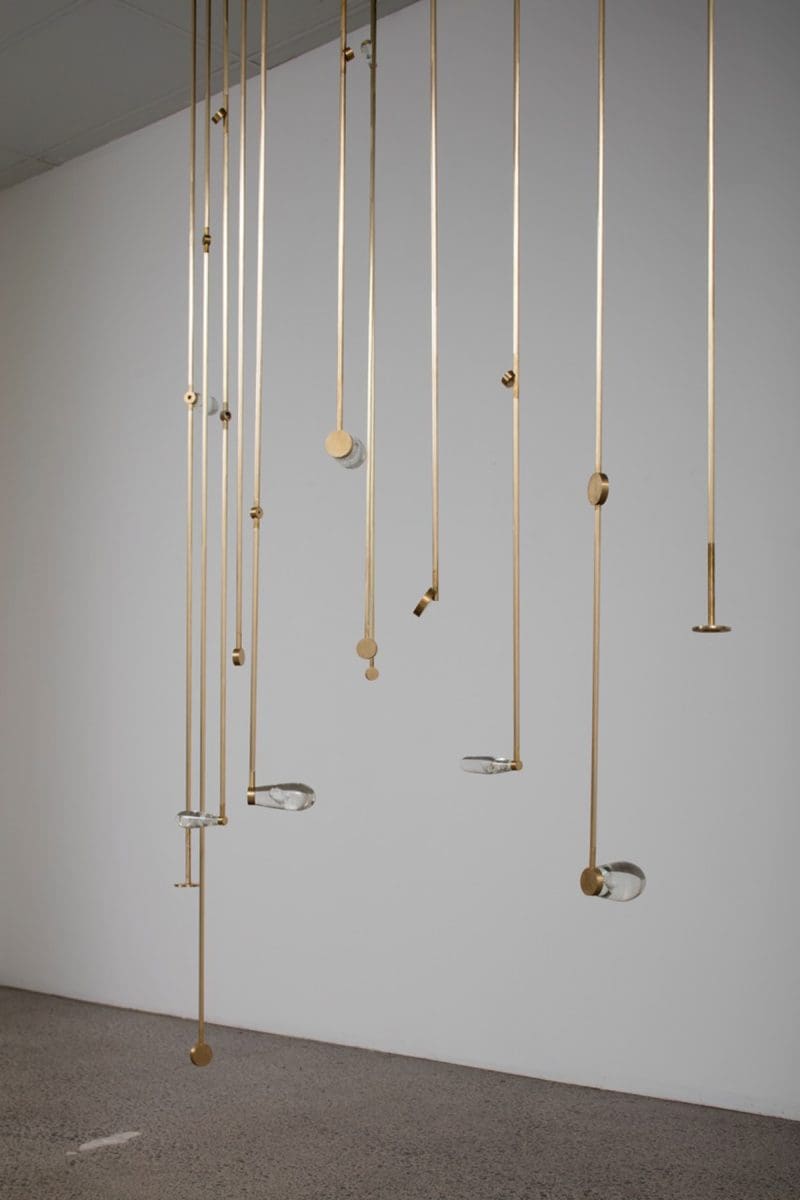
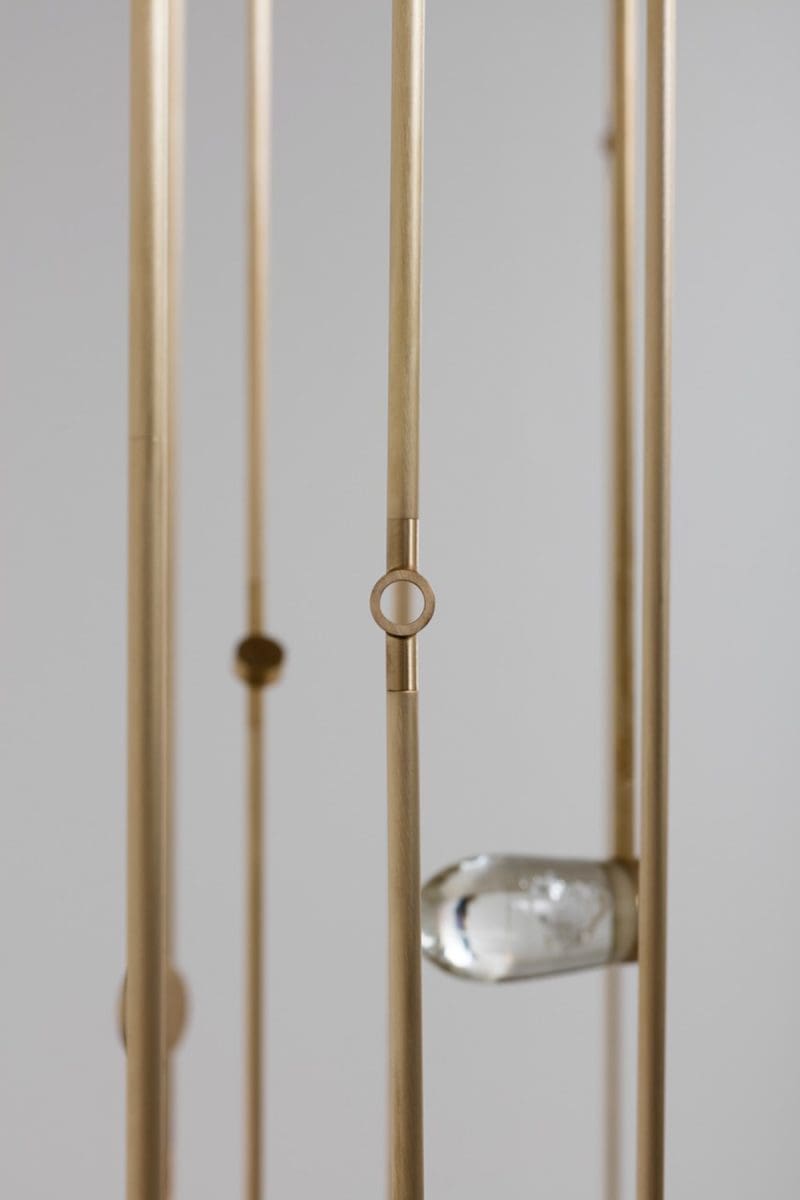
Sarah Smuts-Kennedy has undergone something of a three-stage metamorphosis from cult ‘90s actor, to training in Australia as a photographer, before re-emerging at Elam School of Fine Arts in Auckland in 2010.
Researching coal mining and deforestation led her to pursue a small-scale environmental intervention – her own biodynamic garden. “I am very materially driven so gardening suits me as a means to test how relationships between the things we can and cannot see actually work.”
The findings are explored in Syntropic Systems, one of two works in Point to Periphery. Here she gives a visual language to her esoteric and scientific inquiry, using calcium (plaster) and silica (crystals) which are two polarities central to biodynamics.
While our closest cosmic neighbour, the Moon, influences calcium, silica is the realm of Saturn, the most distant planet. The 16 works can be thought of “as holding the influences of our entire solar system within the boundary”, says Smuts-Kennedy. Notated on the back of each piece is a planetary constellation rendered in copper while an iron grid-like forms the piece’s skeleton.
The arrangement of very specific materials is arrived at using intuitive processes. “I think of these works as circuits. The materials pulse off each other and influence each other, amalgamating in a unique energetic pulse that slips off the work and into the world.”
Also appearing is an installation called Harmonies, where gold-coloured rods descending from the ceiling recall a fanciful Victorian-era machine. Though producing no audible sound, the work asks to be considered a musical instrument.
From Goethean science, mapping energy fields, to analysing the success of a beetroot crop, Smuts- Kennedy is rigorous in her inquiries. “These are all useful things to know how to work with, when your ultimate goal is to restore harmony and balance in spaces and living systems.”
Point to Periphery
Sarah Smuts-Kennedy
Sophie Gannon Gallery
2 July – 16 July